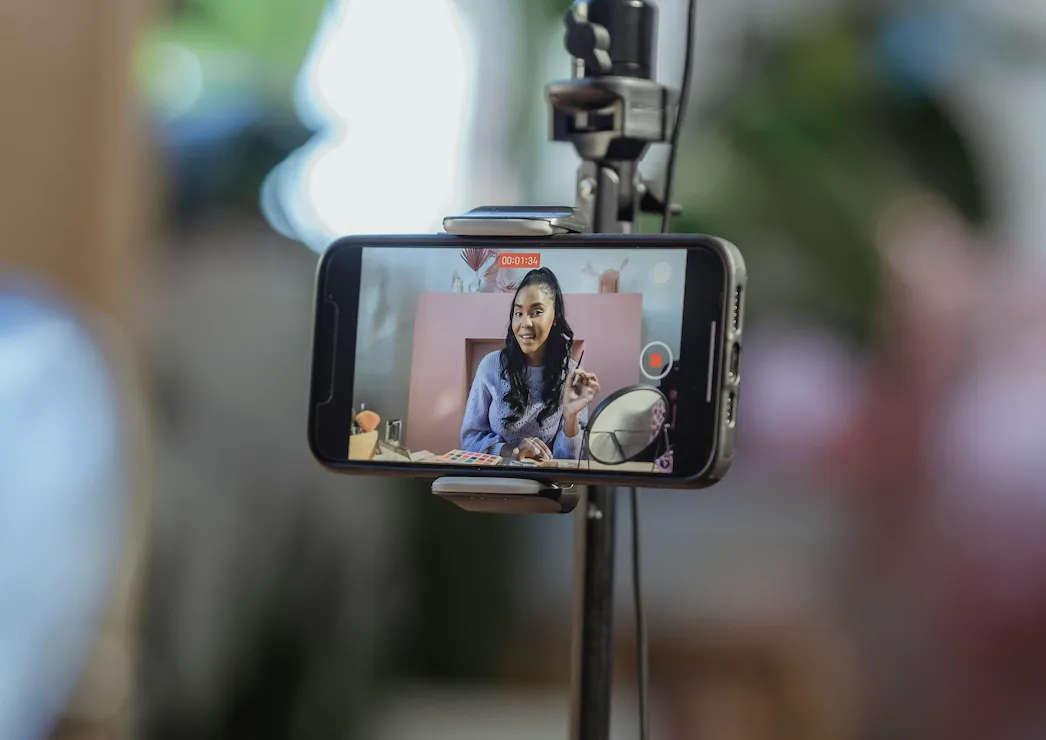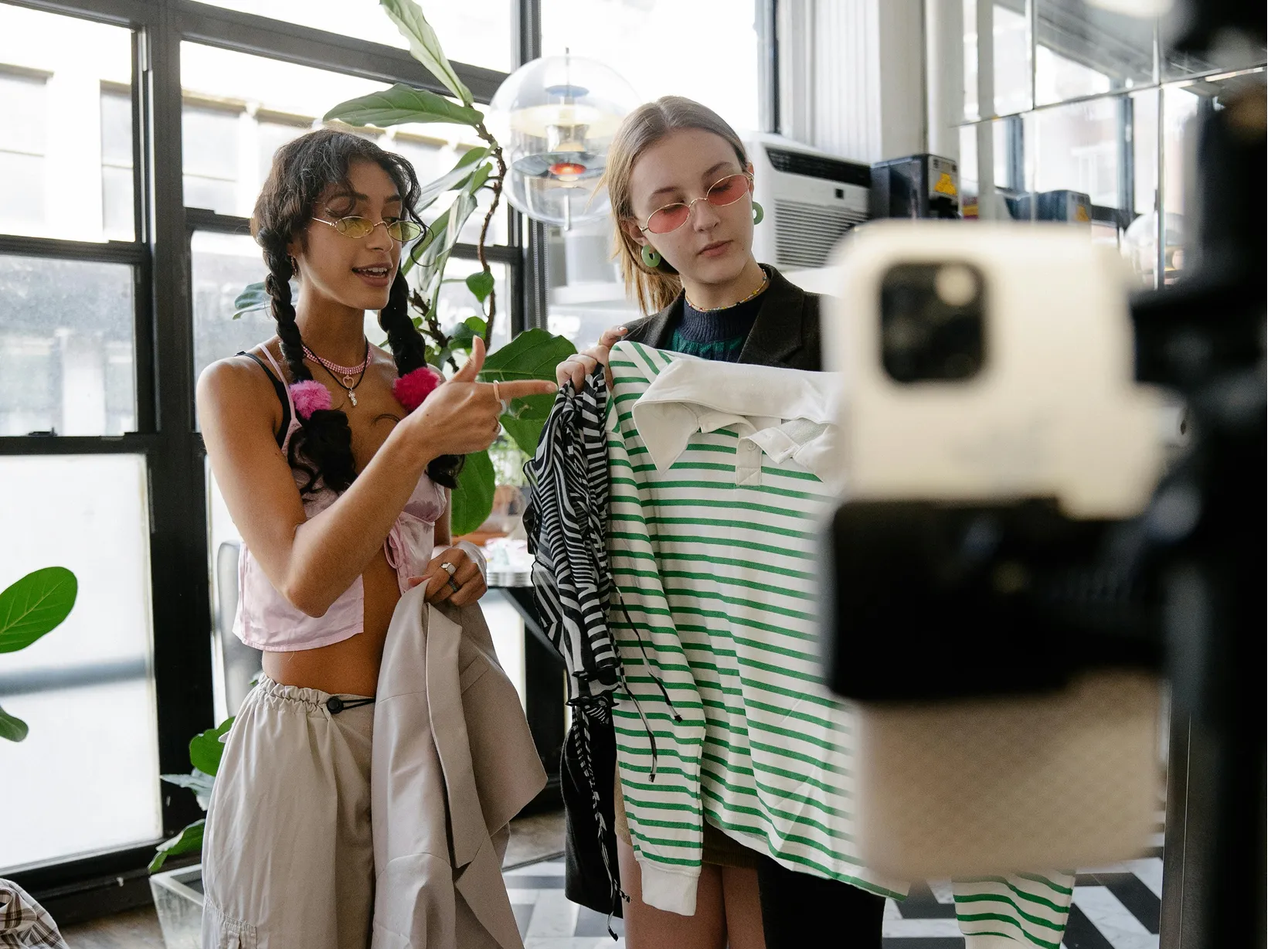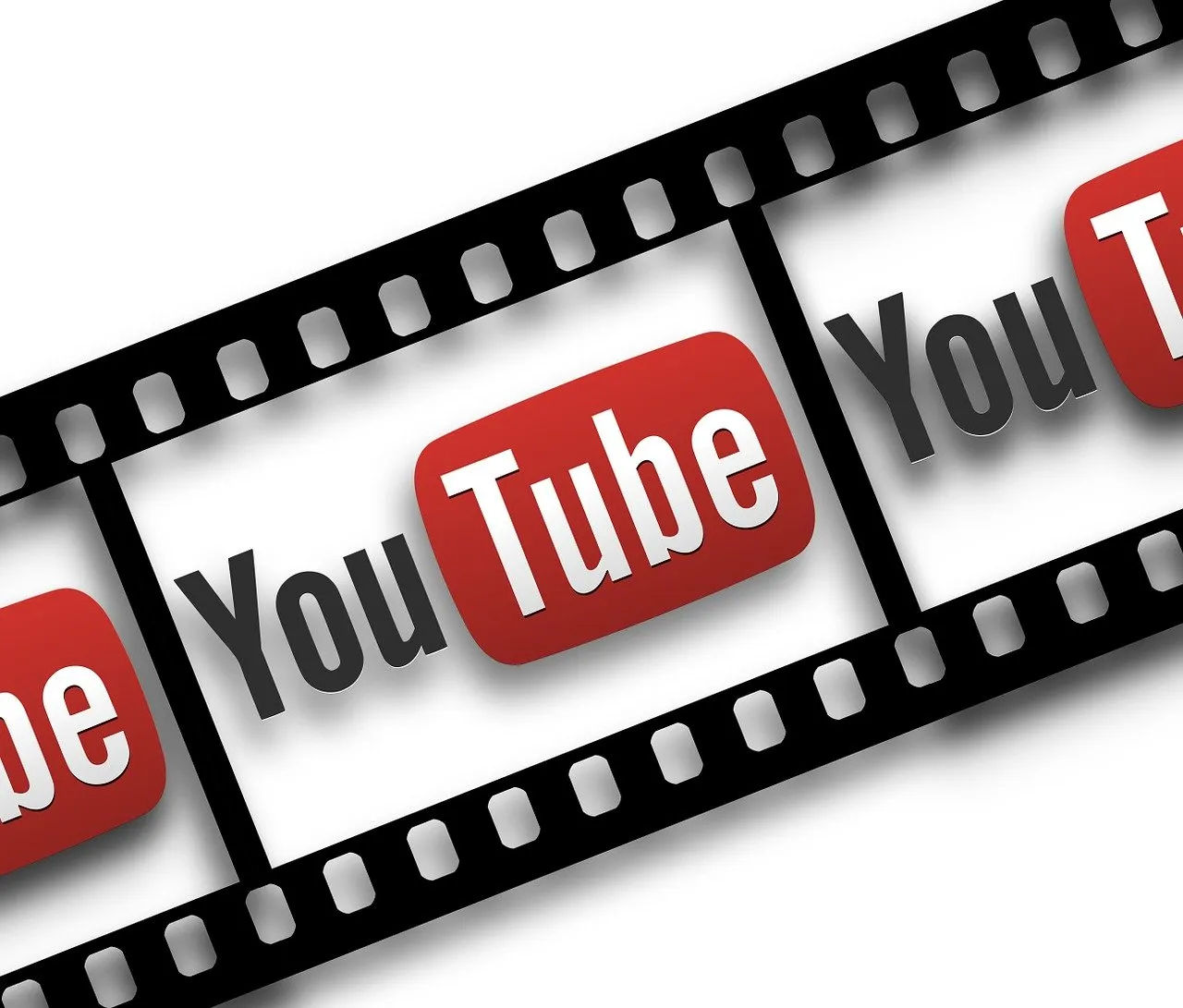Whether it's toothpaste, sneakers or skincare — we often choose a product not because we've seen an ad, but because someone around us has raved about it. Recommendations work — and this is exactly where User-Generated Content (UGC) comes in. In a digital world where countless pieces of content are pouring down on us every day, UGC provides a moment of authenticity. Because when someone who “is just like us” talks about a product, we listen.
UGC stands for content that is not produced by companies themselves, but by users. Whether it's a review, TikTok video, Instagram story, or blog post: UGC shows products and brands from a perspective that is native and approachable. And that is exactly what makes this approach so special. Because it's less about perfect staging, but about honest experiences and personal storytelling.
According to Nielsen, 92% of consumers trust recommendations from friends and family more than any other form of advertising. UGC can make targeted use of this trust — especially because the content often comes from real users, not from paid advertising faces. An analysis by Backlinko confirms: 60% of consumers regard UGC as the most authentic form of marketing content. And 93% of marketers surveyed say that UGC often performs better than traditional brand content. But that doesn't mean that classic content production has had its day — quite the opposite. The greatest effect is achieved when both work together: Authentic content from the community meets professionally produced brand content — and thus creates communication that is both approachable and brand-strong. The key lies in the right media mix — tailored to the target group, platform and campaign goal.
As a senior marketing consultant at adlicious, Jennifer Bauer knows the impact of real, user-oriented content first-hand. In her many years of work with brands in the beauty, fashion and FMCG sectors, she has experienced how effective content can be — especially when it is not perfect but personal. Her strength lies in combining strategic media consulting and creative campaign expertise — with a keen sense for platforms, target groups and trends. Fun fact: Even as a child, Jennifer loved to watch commercials. Today, on TikTok, her favorite platform, she sees how well content performs when they communicate on equal footing. Experience, empathy and market understanding shape her vision — and this is how she sums it up:

UGC's popularity is no accident. Because while traditional advertising measures continue to provide important impetus, UGC creates another type of connection: an emotional, personal, direct one. Content often seems more approachable because it comes from real life — and not from a studio. They often arise spontaneously, with simple means, but this is precisely what creates their credibility. UGC doesn't have to be loud — it has to be credible. Not perfect — but human.
And there is also a lot to be said for UGC economically: According to Bazaarvoice, 77% of consumers say they are more likely to buy a product when UGC is available. Conversion rates increase by up to 140% when users interact with UGC galleries on product pages. At the same time, UGC is a real efficiency booster: It can be produced cost-effectively and yet has a great effect — provided that the content is correct. A study on ResearchGate also shows that UGC can significantly increase brand trust and purchase intent — especially when brands use this content strategically. It is not so much the perfect choreography or the next trend dance that is important, but the authentic expression. Platforms like TikTok in particular show that when the content is right, you don't need big budgets — you need good stories. That are told by real people. Accessible, comprehensible, native. At adlicious, the focus is therefore not on short-term virality, but on content with character and relevance.
What does that look like in practice? For example, with real personalities who match the brand — whether through influencers or models who credibly present the product. The iPhone 15 is shot to retain the typical look of user content while still ensuring high-quality. The locations are not artificial backdrops, but places where target groups really hang out: apartments, parks, cafés. Styling, music and props are also used specifically to create a coherent overall picture — which is nonetheless spontaneous, lively and likeable.
However, in order for this content to develop its full potential, it primarily needs a strategic placement within an effective media mix. This means seeing UGC not just as a nice addition, but as a valuable part of a well-thought-out communication strategy. Especially in industries where trust, approachability and personal recommendations are crucial, UGC can be an effective tool for emotionally charging brand messages and building lasting reach. With data-based targeting, cross-channel planning and a sense of trends, we create the right framework so that UGC is not random but targeted.





